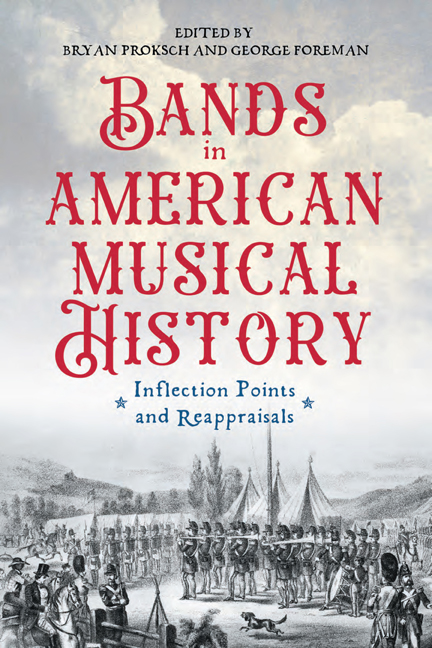5 - “Conditions Certainly Are Rotten”: The Demise of the Sousa Band (1926−1931)
Published online by Cambridge University Press: 11 May 2024
Summary
Despite widespread rumors that John Philip Sousa would retire at the end of World War I, the sixty-four-year-old bandmaster almost immediately returned to his vigorous prewar touring regime in 1919. The issue at hand was age rather than popularity or financial success. Before the war the Sousa Band maintained an exhausting touring schedule while playing before soldout houses to immense profit. His early successes at the 1893 World's Fair continued unabated for two decades. When war broke out Sousa reduced his touring commitments, but this was less an indication of intent to retire than it was a wartime necessity. His level of activity remained high given his services as director of the four-hundred-strong Naval Reserve Band in Great Lakes, Illinois, which itself toured to play for bond rallies and recruitment drives.
The peacetime 1919 summer season proved to be a key mile marker in a career that was not as monolithic as might be assumed. When the Sousa Band returned to full-time touring, it did so as if nothing had changed. Audiences were beginning to change, however, and within just five years (by 1924) the band's character underwent several experimental changes as the director dabbled in jazz and created variety sideshow ensembles to try to keep pace with audience taste. These efforts largely failed to reinvigorate box office sales. The ensemble's return to its usual prewar fare of marches and classical arrangements in 1926 indicated the now seventy-one-year-old Sousa's desire to maintain the band's long-established characteristics in the face of inevitable decline for as long as he possibly could.
What follows is a detailed examination of the forces that led to this decline and the decisions made by Sousa and his business partners to maintain the status quo as much as possible. Where some historians maintained the myth that Sousa “stayed in the harness” until the very end, others have acknowledged in passing that age (Sousa’s, his managers’, and his audiences’) and the Great Depression led to a slowing of the band's touring schedule over its final decade. Documents presented in what follows demonstrate that the former position denies the band's actual dissolution in 1931, albeit just months before Sousa's death. The latter position, taken out of convenience given the dates involved, glosses over an informative discussion of how the Sousa organization dealt with these existential challenges in real time.
- Type
- Chapter
- Information
- Bands in American Musical HistoryInflection Points and Reappraisals, pp. 184 - 198Publisher: Boydell & BrewerPrint publication year: 2024



